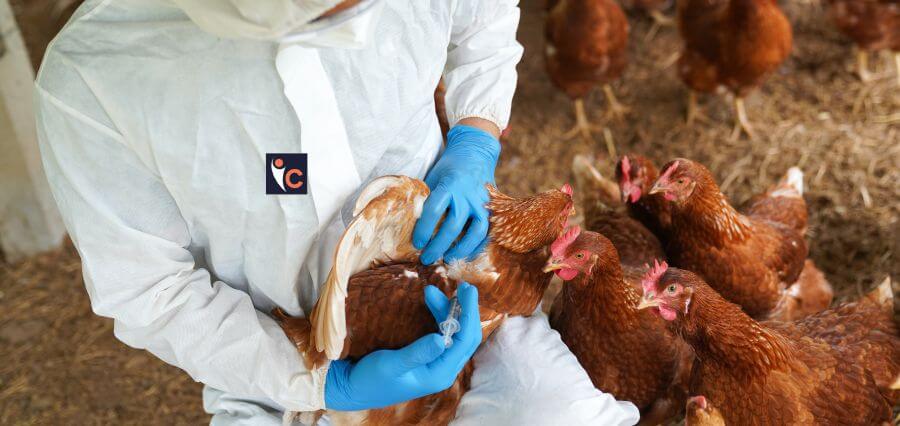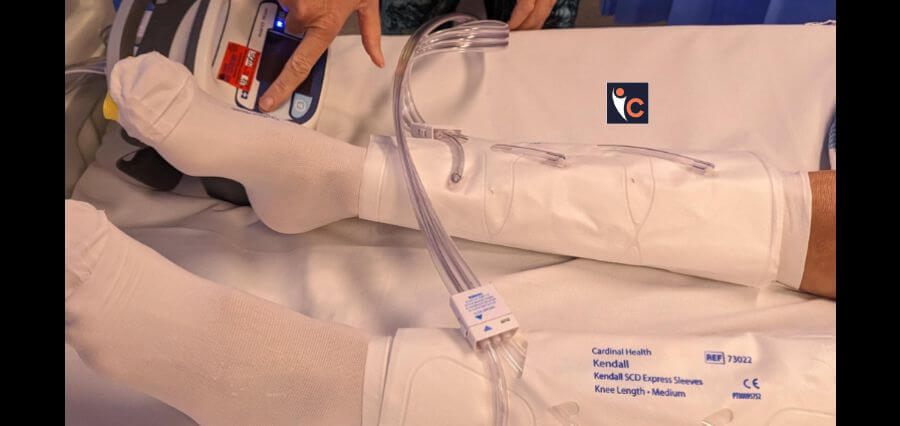The Centers for Disease Control and Prevention (CDC) has detected a new set of COVID-19 variants nicknamed “FLiRT” through wastewater surveillance, according to data from the agency. Between April 28 and May 11, the variant labeled KP.2 accounted for about 28% of the cases in the United States, making it the new dominant variant in the country, surpassing the previously dominant JN.1 variant.
The JN.1 variant, which spread globally over the winter, made up approximately 16% of COVID-19 cases in the U.S. during the same two-week span. Another FLiRT variant, KP.1.1, accounted for around 7% of COVID-19 cases during that period, according to CDC data.
“The CDC is tracking SARS-CoV-2 variants KP.2 and KP.1.1, sometimes referred to as ‘FLiRT,’ and working to better understand their potential impact on public health,” the agency said in an emailed statement to USA TODAY last week.
The CDC further stated, “Currently, KP.2 is the dominant variant in the United States, but laboratory testing data indicate low levels of SARS-CoV-2 transmission overall at this time. That means that while KP.2 is proportionally the most predominant variant, it is not causing an increase in infections as transmission of SARS-CoV-2 is low.”
According to the CDC, only 22.6% of adults reported having received an updated 2023-24 COVID-19 vaccine since September 2023, with vaccination coverage increasing with age and being highest among adults aged 75 and older.
Andy Pekosz, PhD, a professor in molecular microbiology and immunology at the Bloomberg School of Public Health at Johns Hopkins University, explained that “FLiRT” is the term used to describe a whole family of different variants, including KP.2, JN.1.7, and any other variants starting with KP or JN that appear to have picked up the same set of mutations.
“They are all descendants of the JN.1 variant that has been dominant in the U.S. for the past several months,” Pekosz said. “Viruses like SARS-CoV-2 mutate frequently, and when they mutate to evade recognition by antibodies, this often weakens their ability to bind to the cells they want to infect. We then see mutations appear that improve that binding ability.”
Read More: Click Here















